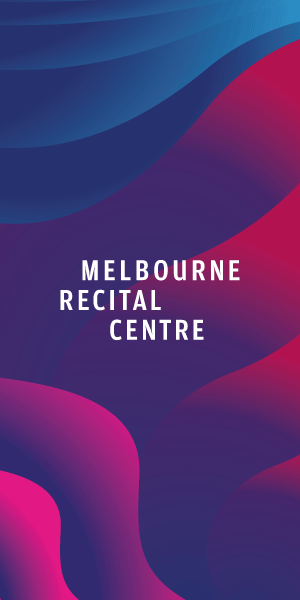Marching for justice
Jill Fenwick, committee member - East Melbourne Historical Society
On March 15 this year more than 5000 people gathered in East Melbourne’s Treasury Gardens, many dressed in black, many carrying banners.
They streamed up the steps from Parliament station, alighted from trams which had come from all over the city, and walked with determination from the nearby suburbs. More stood on the Parliament House steps and a small group interrupted traffic at the Spring and Collins streets intersection. While the majority were women, around 25 per cent were men. Students in school uniforms stood with other protestors, acknowledging the importance of the cause.
This was only one city in one state, but the March4Justice was nationwide. Meanwhile, in Canberra, Prime Minister Scott Morrison and his Minister for Women Marise Payne, were notable by their absence. In Victoria, Gabrielle Williams, Victoria’s Minister for Women, stood with the protestors. The march had at its centre the intention to expose “sexism, misogyny, dangerous workplace culture and lack of equality in politics and the community at large”.
The official statement read “Women are rising. We believe by respecting gender and working together we can achieve more than by working separately”. At the centre of the gathering was a fabric scroll, running the length of the speakers’ podium, listing the names of the 899 women and children killed by male violence since 2008, a graphic representation of much that is wrong with our society.
It was not the first time that such a scroll was used to highlight the imbalance of power within Australian society. In September 1891, the so-called “Monster Petition”, 260 metres long, 200 millimetres wide, and signed by almost 30,000 women, called on the Speaker and Members of the Legislative Assembly of Victoria to correct the inequalities of Victoria’s electoral system:
The government of the people, by the people should mean all people, not one half;
That taxation and representation should go together without regard to the sex of the taxed;
That all adult people should have a voice in making the laws they are required to obey; and
That, in short, women should vote on equal terms with men.
The leader of this protest was Margaret Arnot McLean. Born in Scotland in 1845, her family had migrated to Port Phillip in 1849. She became a teacher but gave up her work in 1869 following her marriage to William McLean. They built their home, Torloisk in Vale St, East Melbourne in 1887. The house became the centre of family life, and of Margaret MacLean’s involvement in social welfare issues and, inevitably, the necessity of having a voice in politics.
McLean became a founding member of the Woman’s Christian Temperance Movement. By 1891, she was acting president, and from 1892 to 1893, then 1899 to 1907, president. The organisation had a much greater mission than discouraging the drinking of alcohol. It served as an agency to liberate women, helping them to develop their intellects and their skills, teaching them that “we are all citizens, that we have responsibilities as such and ought to have privileges corresponding thereto”.
The movement Margaret McLean led was not just supported by middle class women. The petition stretched across all classes. On one working class street in Carlton, women from 15 different households signed their names on the petition. Why did they support it? As that strong and vital feminist Vida Goldstein said, “because it sums up all reasons in one – it is just … the exclusion of women from the franchise is both unjust to them and inimical to the welfare of the state”.
Sadly, the petition failed to win the approval of the Assembly, and it was not until 1908, 17 years later, that women received the vote in Victoria. Similarly, while the March4Justice may not achieve immediate results, it is the beginning of a new, open and forceful discussion of domestic and sexual abuse, alerting those in power of the necessity of social and legal change •
For more information: [email protected]
Caption: Great Petition” sculpture by Susan Hewitt and Penelope Lee. Burston Reserve, East Melbourne. Photo: Wikipedia.
Caption: Scroll displayed at March4Justice. Photo: Penelope Hughes.

Residents win fight to save laneway from development in East Melbourne







 Download the Latest Edition
Download the Latest Edition